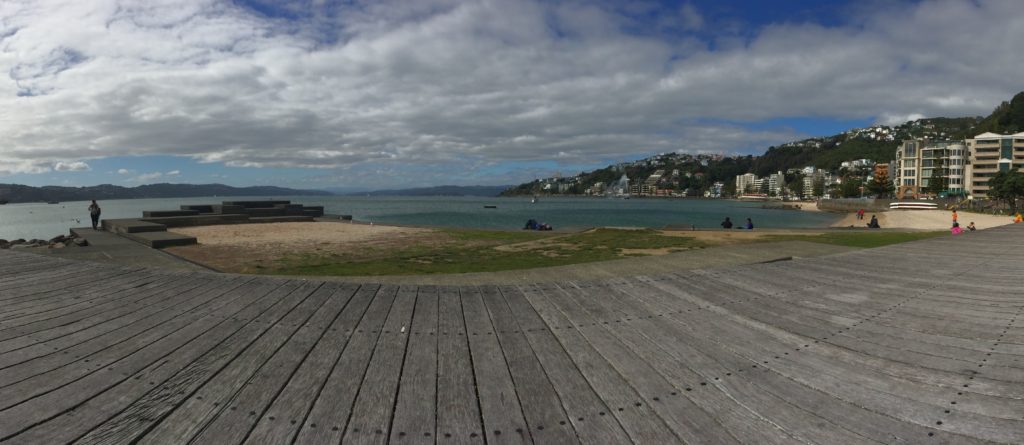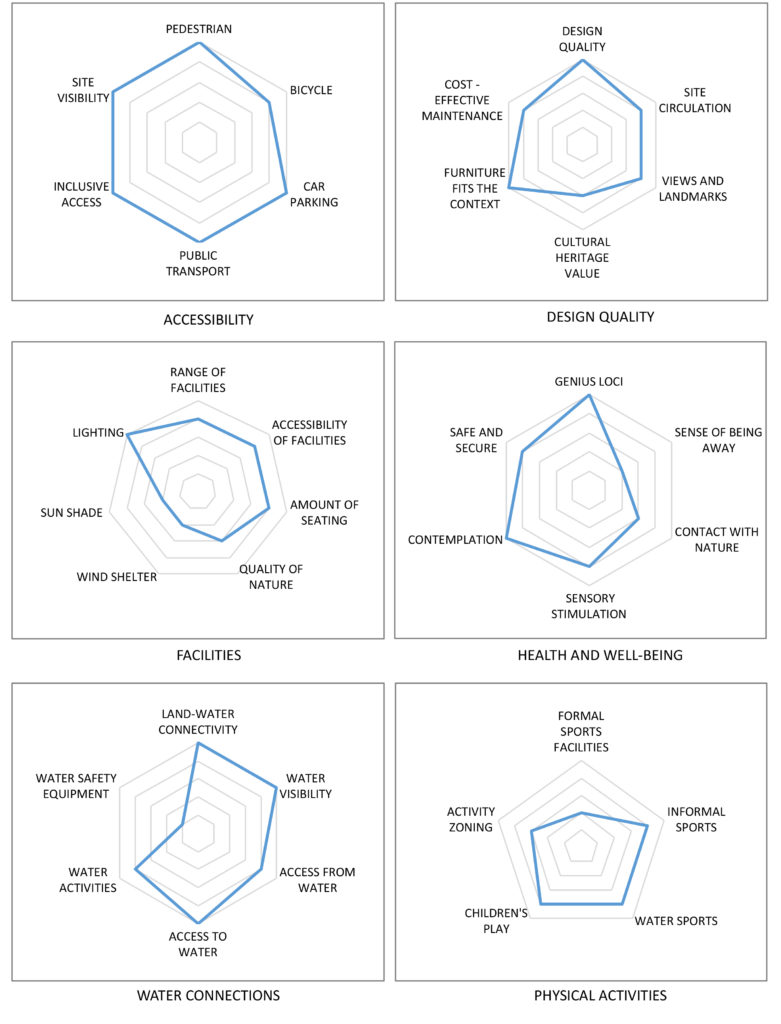
Architect
Isthmus Group Ltd with Architecture Workshop
Type of the Area
Bay
Land/water interaction
Harbour
Sandy beach
Terraces/steps
Built Environment Types
Highly built
Low green
Scale of Impact
District/ neighbourhood
City
Regional
Intervention Scale (Spatial)
Moderate Site
Project Types
Seafront development
Outdoor recreation
Urban design
Urban/ Rural
Inner urban area
Visibility and Openness
Partly enclosed,
Partly contained
This popular waterfront recreation space lies a 20 minutes’ walk from Wellington, New Zealand’s main business district and is the nearest beach to the city. The beach was formed from ship ballast and imported material but it has been rapidly eroding, despite top-ups . The project aimed to create a new stable beach system to minimise the coastal erosion processes and enhance the amenities of the area, thus boosting the local economy and tourism.
The design elements include a clean, uncluttered appearance created by removing standard lamps, kerb extensions and tree planters, and establishing a broad sweeping asphalt surface from the sea wall to the street. Construction height has been kept to a minimum to provide an uninterrupted view from the promenade. The low scale construction with the vertical timber cladding is designed to acknowledge the architecture of the Freyburg Pool building.
The colonnade is formed from glue-laminated Pinus radiata (Monterey Pine) lamella arranged over the concrete roof, folding down to form a vertical wall. This shields the entry to the amenity block from the new pier and beach beyond. The slatted ends are painted red for protection and stepped to show the end grain detail. The timber wall filters the neon-coloured lights at night, which are activated when the WC is in use
The headland has been formed from large precast concrete slabs to counteract the wave action adding a new visual and functional dimension to the beach. The stepped headland structure and redeveloped piers allow people to approach the water for a swim or to sit close by to enjoy being splashed by waves. The inter-tidal conditions created by the concrete slabs reveal sea flora and fauna in the new rock pools, emulating a coastal reef in function and creating a temporal character to the place.
Perception and Meaning
Place identity
Imageability
Place Attachment
Genius loci
Health and Wellbeing
Restorativeness
Increased Physical Activities
Place Affordance
Aesthetic Experience
Increases socialisation
Interaction with Water
Visual
Tactile – fully in water

The accessibility of this site is excellent, due to its proximity to the city centre and the uncluttered walkways, steps and ramps from the promenade to the beach. Access has been improved for all users including wheelchair access. The overall design quality is good and improves the cost effectiveness of the site maintenance by reducing the coastal erosion of the site.
Cultural heritage of the site is rated as low as it is not a historical beach but created from ship’s ballast material. Generally, the facilities are good with excellent lighting to enhance the use of the area at night; however, the site lacks sun shade or wind shelter, particularly due to the emphasis on clean and uncluttered views.
The use of concrete blocks rather than more organic forms to stabilise the beach area, whilst providing novel habitats reduces the sense of being away and contact with nature. The access to the water enables a good range of informal sporting activities and children’s play, but the area lacks water safety equipment and the availability of formal sporting activities.
